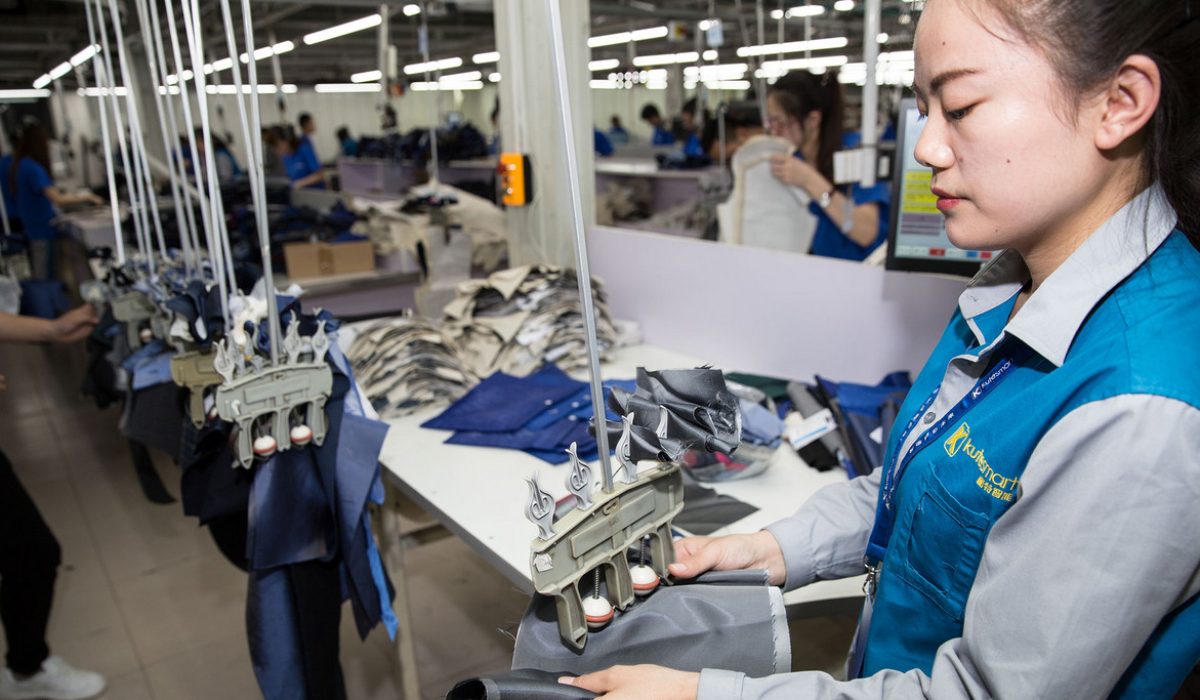In recent years, the flow of global textile and clothing trade has quietly changed. As the largest textile exporter and clothing exporter, China occupies an important link in the industrial chain. Due to the changes in international relations and the rise of the textile and clothing industry chains in Vietnam, Bangladesh, India and other countries, the international textile and clothing trade has shifted. The share of China’s textile and clothing exports has been squeezed out in some regions and has begun to decline. This paper selects China, the European Union, the United States and Japan as the research targets, and analyzes the changes in China’s textile and clothing exports and the changes in imports from the European Union, the United States and Japan in the past 10 years. The European Union, the United States, and Japan are China’s largest textile and clothing export destinations, and they are also important links in the global textile and clothing trade. Selecting them as research objects can more intuitively show the changing trend of the global textile and clothing industry chain.
In 2019, the main export destinations of Chinese textiles are the European Union, the United States, Vietnam, Bangladesh, Japan, Hong Kong and Indonesia. Among them, China’s textile exports to the European Union, the United States and Vietnam accounted for more than 10% and 11% respectively. , 10.4% and 10.2%, Bangladesh accounted for 5.4%, Japan accounted for 3.8%, Hong Kong, China accounted for 3.6%, and Indonesia accounted for 3.5%. China’s textile exports to the United States fell by 9% year-on-year in 2019, and exports to Bangladesh also fell by 4.6% year-on-year, while Vietnam increased by 4% year-on-year.
By comparing the data between 2009 and 2019, it can be found that the proportion of China’s textile exports to the EU and the United States has not changed much in the past 10 years, and the proportion of textile exports to Hong Kong, China has declined significantly, with a decrease of 8%. Vietnam’s share of exports has increased by 6.5% in 10 years, from 3.7% in 2009 to 10.2% in 2019.

